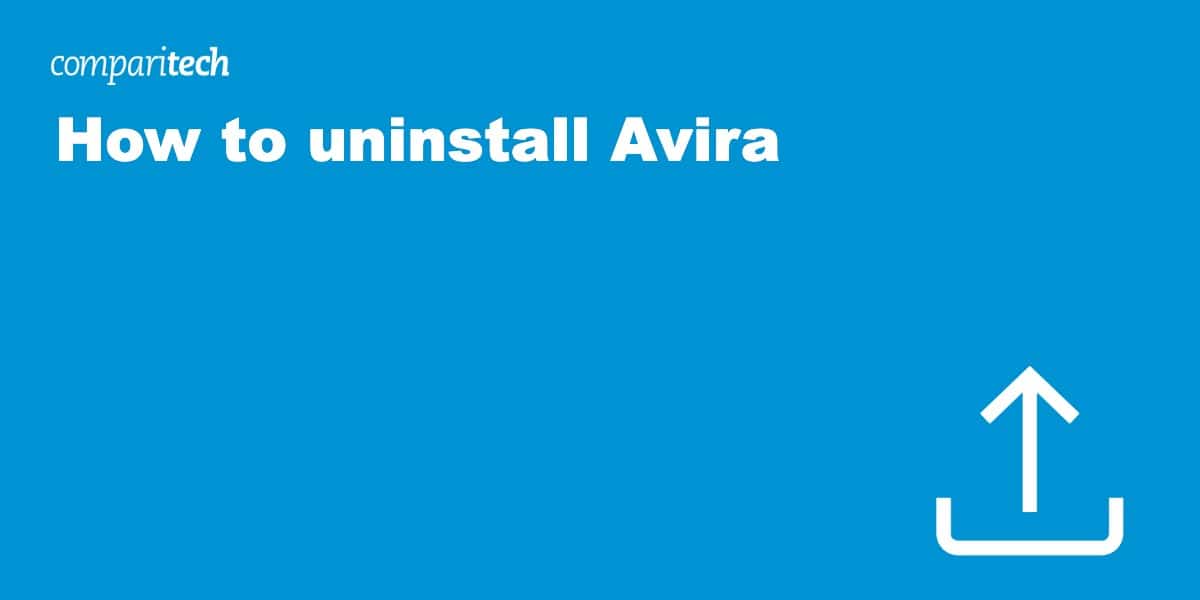Avira offers various antivirus and security products, but sometimes, you might decide to switch to a different provider. Perhaps you’re experiencing performance issues, prefer a different feature set, or simply want to try a different solution.
This guide walks you through uninstalling Avira products from both Windows and Mac.
Why uninstall Avira?
Avira is a respected name in cybersecurity, but there are several compelling reasons why users might choose to remove it from their systems:
Performance considerations
Some users report that Avira can impact system performance, particularly during scans or updates. This might be more noticeable on older computers or systems with limited resources. If you’re experiencing slower boot times or reduced responsiveness, removing Avira might help optimize your system’s performance.
Software conflicts
Like many security solutions, Avira can occasionally conflict with:
- Other security software
- System optimization tools
- Certain applications or games
- Windows updates or features
User experience factors
Personal preferences play a significant role in security software choices: You might prefer a simpler interface
- Pop-up notifications could be too frequent • The free version’s limitations might not meet your needs
- You’ve found a security solution that better suits your requirements
Technical considerations
- System requirements for newer versions might exceed your hardware capabilities
- Installation issues or update problems might prompt a fresh start
- You’re switching to a different operating system that requires different security solutions
Subscription changes
- Your paid subscription is expiring
- You’re consolidating multiple security tools into one solution
- Found a better-priced alternative with similar features
Remember: Before uninstalling any antivirus software, ensure you have an alternative security solution ready to maintain your system’s protection.
If you still wish to proceed with uninstallation, choose your uninstall method below:
Standard uninstall (for basic removal)
This is the most straightforward way to remove Avira Antivirus, but some leftover files might remain. For the most thorough removal, consider the Avira Uninstall Tool.
- Exit Avira: Locate the Avira icon in your taskbar, right-click, and choose “Exit Avira Antivirus.”
- Use Windows Uninstaller: Open your Start menu, navigate to Settings, and then select Apps.

- Uninstall: Find Avira Antivirus (or your specific Avira product), click “Uninstall,” and follow the on-screen prompts.

- Finish the job: Restart your computer to make sure all changes take effect.

Avira Registry Cleaner (for thorough removal)
Avira offers a dedicated cleanup tool to ensure all traces are removed:
- Download: Get the Avira Registry Cleaner from their support website.
- Run & Clean: Open the tool and follow the prompts. It will locate Avira remnants and allow you to delete them.
Avira leftover files (advanced)
You might want to manually delete leftover registry entries to remove them thoroughly.
Editing the registry can have serious consequences if done incorrectly. Create a system restore point before proceeding, and only attempt this if you’re comfortable with system file changes.
- Open the Registry Editor (search for “regedit” in the Start menu).
- Warning: Incorrect registry changes can cause system instability. Proceed at your own risk.
- Navigate to the following registry keys:
- HKEY_LOCAL_MACHINE\SOFTWARE\Avira
HKEY_CURRENT_USER\SOFTWARE\Avira
4. Right-click on any Avira keys located here and select Delete.
5. Close the Registry Editor and restart your computer.
Note: These are general locations. The specific registry keys might vary depending on the Avira product and version you installed.
Important: If you’re unsure about removing registry entries or experience any issues following the process, it is strongly recommended that you contact Avira support or use a dedicated registry cleaner tool designed for antivirus remnants.
How to uninstall Avira from Mac
Avira’s presence on macOS is less extensive than that of Windows. Here’s how to remove their Mac offerings:
- Open Finder and navigate to Applications
- Locate Avira Antivirus (or the specific Avira product).
- Drag the application to the Trash and empty the Trash.
For deeper cleaning, search for Avira remnants in the following locations and delete them:
- /Library/LaunchAgents
- /Library/Application Support
- /Library/LaunchDaemons
Having uninstall issues? Here’s how to troubleshoot
- “Avira is still running.” Make sure Avira is completely closed, including background processes. Check Task Manager (Ctrl + Shift + Esc) if needed.
- “Files cannot be deleted.” This also might be due to active processes. Restarting in Safe Mode can help.
- Uninstaller errors. Ensure you’re using the appropriate Avira removal tool. Contact their support for persistent issues.
Reinstalling Avira
Changed your mind and want to reinstall Avira? Here’s how:
- Visit the Avira download page: The latest installation files are on their official website.
- Install the desired product: Choose the version of Avira you want to reinstall and follow the on-screen instructions.
Remember: If you had a paid Avira subscription, you might need to reactivate it after reinstallation. Check your Avira account or contact their support if needed.
Great alternatives to Avira
Need a replacement? Consider these excellent options:
- Bitdefender Antivirus Plus: Powerful and user-friendly with features like ransomware protection and a password manager.
- Norton 360: Comprehensive suite with a secure VPN, parental controls, and more.
- Malwarebytes: Lightweight but robust malware protection, with both free and premium versions.
Differences between uninstalling Avira products
The core uninstall process is largely similar to Avira’s different products. However, there are a few things to consider:
- Avira Free Security Suite: This bundle might require uninstalling individual components separately (Antivirus, Phantom VPN, etc.).
- Avira System Speedup: This system optimization tool should uninstall using standard methods.
- Browser Extensions: Remove Avira browser extensions (Safe Shopping, etc.) directly through your browser’s settings.
Important: If you’re unsure which products you’ve installed or are facing stubborn uninstallations, refer to Avira’s official support website or contact their team for assistance.
Uninstall Avira FAQs
Is it safe to uninstall Avira?
Yes, it’s safe to uninstall Avira as long as you follow these precautions:
- Have another antivirus solution ready to install immediately
- Windows Security (Windows Defender) will automatically reactivate to provide basic protection
- Use the official uninstallation methods described above
- Complete the process with a system restart
Remember: Never leave your computer unprotected for long periods. Make sure you have a replacement security solution ready before removing Avira completely.
Will uninstalling Avira cancel my subscription?
No, uninstalling Avira from your device does not automatically cancel your subscription. Your subscription remains active until its expiration date, even after removing the software. If you want to cancel your subscription:
- Log into your Avira account on their website
- Navigate to subscription management
- Follow the cancellation process there
- Keep any confirmation emails for your records



